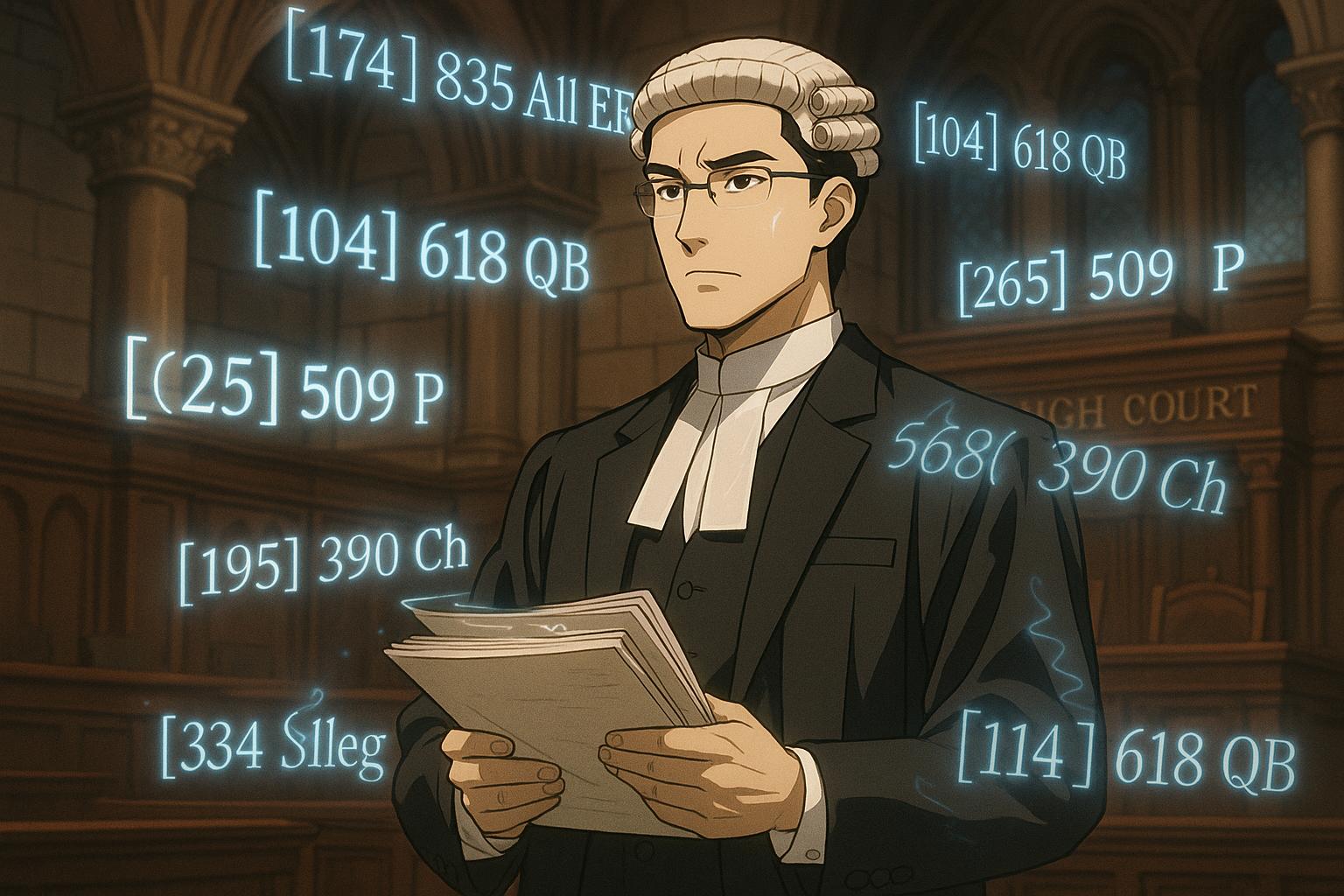The High Court recently witnessed a troubling scenario where a solicitor, Abid Hussain from Manchester’s Primus Solicitors, relied upon dubious research provided by his lay client to substantiate court submissions. The situation was concerning enough that Dame Victoria Sharp, president of the King's Bench Division, and Mr Justice Johnson considered the possibility of initiating contempt proceedings against involved practitioners. Hussain faced accusations related to citing 49 false authorities in the case of Hamad Al-Haroun v Qatar National Bank Q.P.S.C and QNB Capital LLC, a situation that underscores a significant breach of professional diligence.
David Lonsdale, representing Hussain, argued that there was no deliberate intent to mislead the court, suggesting that the key question was whether the actions were carried out recklessly. He stated that relying on citations from a lay client should have raised instinctive concern for any diligent solicitor. The very notion of a client conducting their own legal research should have been a flag for caution. Lonsdale admitted that the situation “could not be worse”, stressing the seriousness of the matter, particularly that so many non-existent cases were presented to the court without adequate verification.
The issue of due diligence is not new in the legal sphere. In other notable cases, solicitors have faced severe repercussions for failing to thoroughly verify the legitimacy of the information they present. For instance, in Purrunsing v A’Court & Co, a solicitor was held liable for breach of trust when they transferred client funds based on misleading information from a fraudulent seller. The court's findings emphasised the solicitor's responsibility to act with integrity, which resonates with the current case whereby Hussain seemed to neglect the inherent risk of blindly following a client's claims.
More alarmingly, this incident is part of a broader pattern observed in the legal profession, where solicitors have previously engaged in equally deceptive practices. The High Court once confronted a solicitor, Andrew Benson, who conducted fictitious litigation involving fabricated judgments and court orders. Described as “breathtaking” by the court, these legal deceptions eroded trust in the profession and illuminated the vital importance of ethical conduct.
Furthermore, issues of dishonesty are not isolated; they extend to cases where solicitors misled clients regarding their proceedings. For example, there were instances where solicitors fabricated court documents and misrepresented their ability to secure legal outcomes, leading to severe disciplinary actions, including being struck off the roll of solicitors.
Judges have been increasingly vigilant in addressing these problems. Recently, a High Court judge characterised the submission of five fake case citations by lawyers as “appalling professional misbehaviour”, driving home the consequences that legal professionals face when choosing to mislead the court. This heightened scrutiny serves to reinforce the necessity for solicitors to verify all legal authorities before presenting them, creating a more secure legal framework.
Hussain’s situation, while severe, serves as a poignant reminder of the obligations solicitors have to not only their clients but also to the court. The legal profession requires transparency, integrity, and unwavering diligence, qualities that must underpin every solicitor's approach, especially when navigating the murky waters presented by dishonest clients. As this case unfolds, the legal community watches closely, aware that actions taken here could establish new benchmarks for accountability within the practice.
The court has reserved judgment on the matter, but the implications of this case will undoubtedly resonate throughout the legal profession, highlighting the critical balance between client representation and the duty to uphold the principles of justice and honesty.
##Reference Map:
- Paragraph 1 – [1], [2]
- Paragraph 2 – [1], [3]
- Paragraph 3 – [4], [5]
- Paragraph 4 – [6], [7]
- Paragraph 5 – [1], [2]
- Paragraph 6 – [1]
Source: Noah Wire Services
